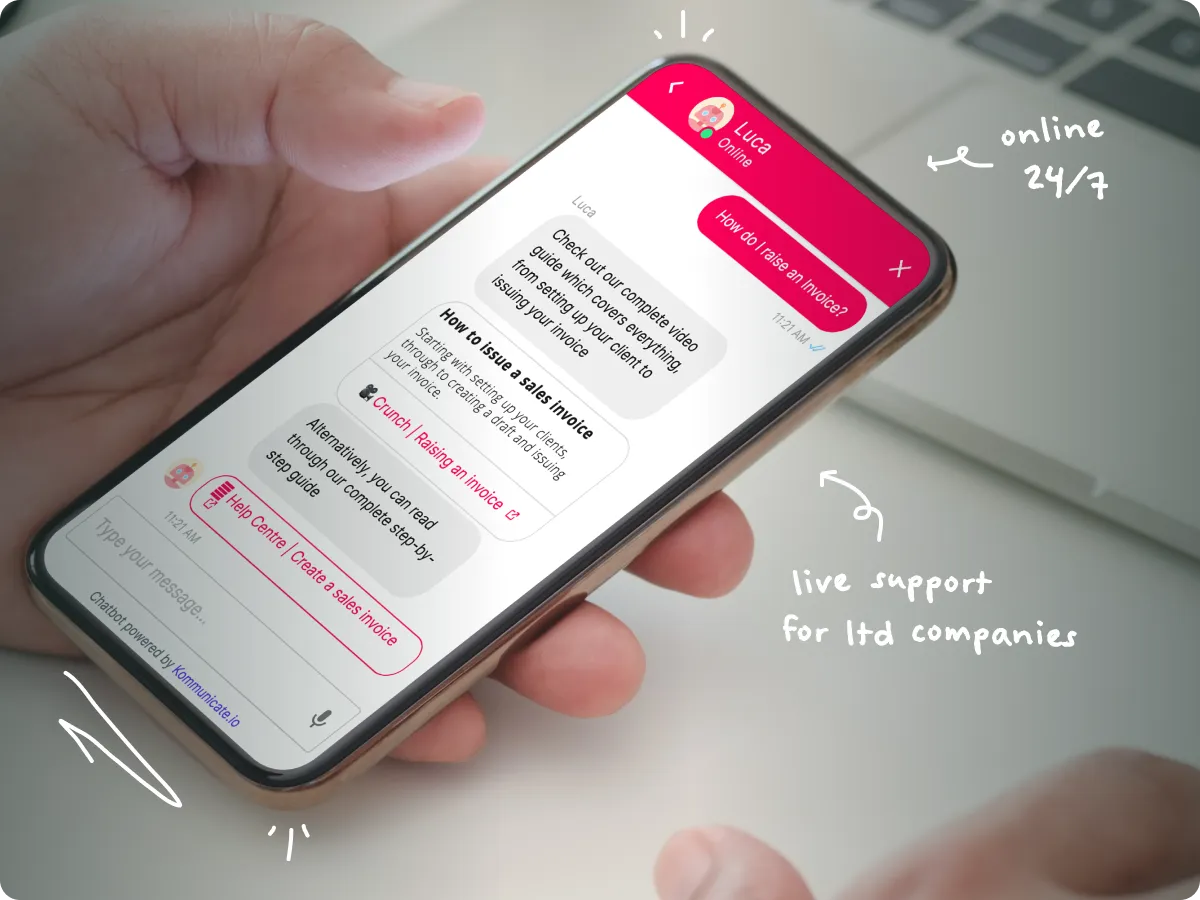A company car is any vehicle (car, van or motorcycle) which is provided to employees by a business. An employee can use the vehicle for business and personal travel. However, there are tax consequences for employers and employees you need to know about.
If you’re a self-employed sole trader, then you won’t be able to have a company car, as there is no company. However, you still have a choice of how to claim your business mileage expenses. We explain business mileage and business vehicles for sole traders in our detailed article on sole trader expenses.
Background to company cars
Some companies include a vehicle, usually a car, as part of the overall remuneration package for their employees. However, HMRC rules mean the private use of a company car is a benefit in kind which must be taxed as part of the employee’s overall income from employment. The value of the company car benefit in kind (BiK) which is also known as the BiK cash value, is used to calculate the amount of Income Tax the employee must pay and the National Insurance contributions the employer makes to HMRC.
Tax on company cars
The BiK cash value is calculated using a number of variables, starting with the manufacturer’s list price for the vehicle. The fuel type and carbon dioxide emissions (CO2) are also considered and these determine the BiK percentage which is published by HMRC every tax year. HMRC also adds 4% to the BiK percentage based on other emission factors such as if the vehicle uses diesel fuel (unless it meets the RDE2 standards or is a plug-in hybrid).
The overall BiK calculation provides a cash value for the individual vehicle which is included on the employee’s P11D form each tax year. The maximum amount the BiK value can be is 37% of the vehicle list price.
List Price of Vehicle x BIK percentage = BIK cash value
The government wants to encourage electric and ultra-low-emission vehicles. There are tax benefits of electric cars, as the BiK percentage is therefore reduced for vehicles with low and ultra-low emissions. There are lower rates for zero, low and ultra-low emission vehicles which can mean they are more attractive to business owners.
Manufacturer’s list price
The list price includes the manufacturer’s standard accessories for the vehicle, number plates, and its delivery, with VAT added. Any optional extras, such as metallic paint or higher specification wheels, regardless of the cost, must also be included in the list price.
If any modifications are made to the vehicle, such as fitting an enhanced multimedia system that wasn’t provided by the manufacturer, then these must also be added to the list price, even if the modification is made after its delivery. If any modifications are made in the middle of the tax year, the list price increase will still apply for the whole tax year.
If you make any additional accessory modifications after delivery, which are worth less than £100, then you don’t need to add them to the list price. In contrast, if the accessory was included by the manufacturer before the car was delivered, the cost is included in the list price.
How to calculate the tax liability for a company vehicle
We’ve calculated some examples for the 2022/23 tax year.
Car registered on or after 6th April 2020
Car registered before 6th April 2020
Check out our tax rates and thresholds article for more information on income tax rates.
BIK percentage rates for the 2021/22 tax year (and for the period from 6th April 2020 - 5th April 2023)
In 2020, HMRC changed the calculation factors and there are now different rates depending on when the car was first registered. These rates will apply for the period 6th April 2020 to 5th April 2023.
Cars registered before 6th April 2020
These should use the older NEDC emissions figures in calculations (see below for cars registered after 6th April 2020).
*Add 4% up to a maximum of 37% for diesel cars that are not certified to the Real Driving Emissions 2 (RDE2) standard. Add 0% for diesel cars which are certified to the RDE2 standard.
Cars registered after 6th April 2020
The government has announced different rates for cars registered after 6th April 2020. These cars need to use the updated WLTP emissions figures, which are generally higher than the old rates.
*Add 4% up to a maximum of 37% for diesel cars that are not certified to the Real Driving Emissions 2 (RDE2) standard. Add 0% for diesel cars which are certified to the RDE2 standard. Diesel plug-in hybrids are exempt, as they’re classed as alternative-fuel vehicles.
Is it worth having a low or ultra-low emission company car?
For companies with a sole Director and Shareholder, or companies with a small number of employees, it might not be tax efficient to offer a company car. Sometimes claiming mileage for business-related travel is a better option. Crunch clients should speak to their client managers for individual advice on their situation. Crunch clients can find out more about how to record and claim mileage related business travel in their Crunch account here.
Our article on company cars can give you a little extra information on whether it’s better for you to choose a company car or to opt for mileage.
For businesses with a higher number of employees, a company car might be necessary because of the employee’s role, such as sales. In this case, it’s wise to consider the fuel type of the vehicle offered to see if it’s for a low or ultra-low emission vehicle.
Although the tax advantages of providing low or ultra-low emission vehicles are diminishing, it is still more advantageous and is also more environmentally friendly.
A director/employee who is provided with a company car and also receives free fuel from his employer is taxed on the cash equivalent value of the benefit each tax year. The cash equivalent amount is fixed each year and increases to £25,300 (from £24,600) on 6th April 2022.
The BiK charge is calculated by using an appropriate percentage, which is the same as the rate for company car benefit purposes (see above) and then multiplying by the fixed amount of £25,300 in 2022/23 (up from £24,600 in 2021/22). So if the BiK percentage for your company car is 13%, your BiK amount on the fuel provided for personal use is £3,289 (13% of £25,300).
Company Vans
If you’re provided with a Company Van that is available for private use, then this is treated as a Benefit in Kind (BiK) and is reported on your P11D. If your company also pays for any fuel for private use this is also reported as a BiK on your P11D.
For the 2021/22 tax year, the BiK amount on company vans increases to £3,600 (from £3,500) .
BiK on fuel for a van provided for personal use increases to £688(from £669).
Conclusion
It’s important to consider different options when deciding to offer or take a company car. What was once regarded as a perk of the job has been firmly in HMRC’s sights to increase its tax revenues for the last 15 years. It’s a good idea to seek advice from your accountant in deciding the best option for your company and personal tax circumstances. If you are a Crunch customer please speak to your client manager.
Where can I get more help?
If you’ve got questions about tax and how it affects you or your business, maybe you need support from an accountant?
At Crunch, we offer a complete online accounting service. Get simple online accounting software, unlimited access to advice from expert accountants, and your very own client manager.
It’s everything you need to be in control of your business finances. You can call us on 0333 920 2928 or you can book a callback. We’ll be happy to discuss how we can help you.
.svg)



%20(1).jpg)





